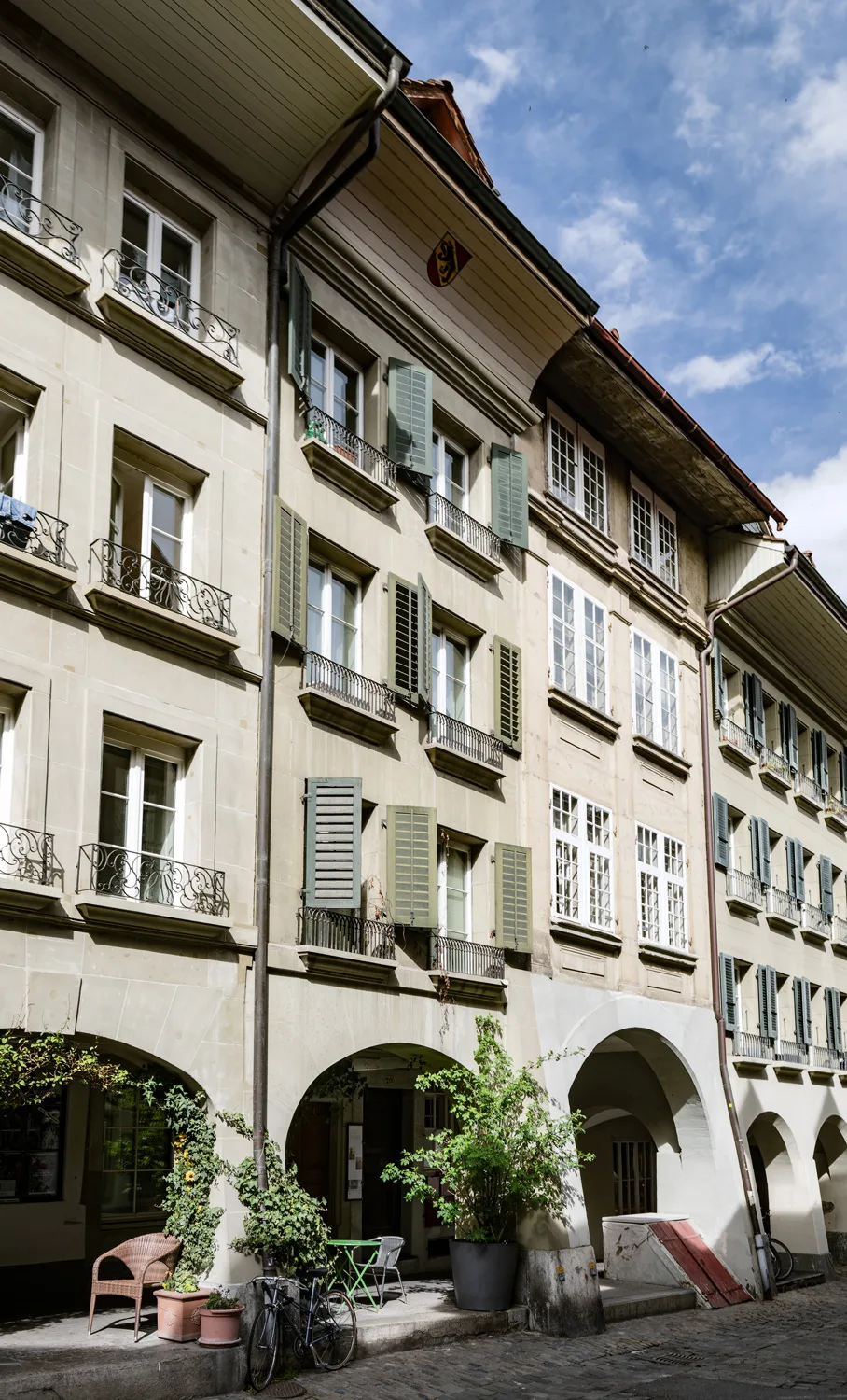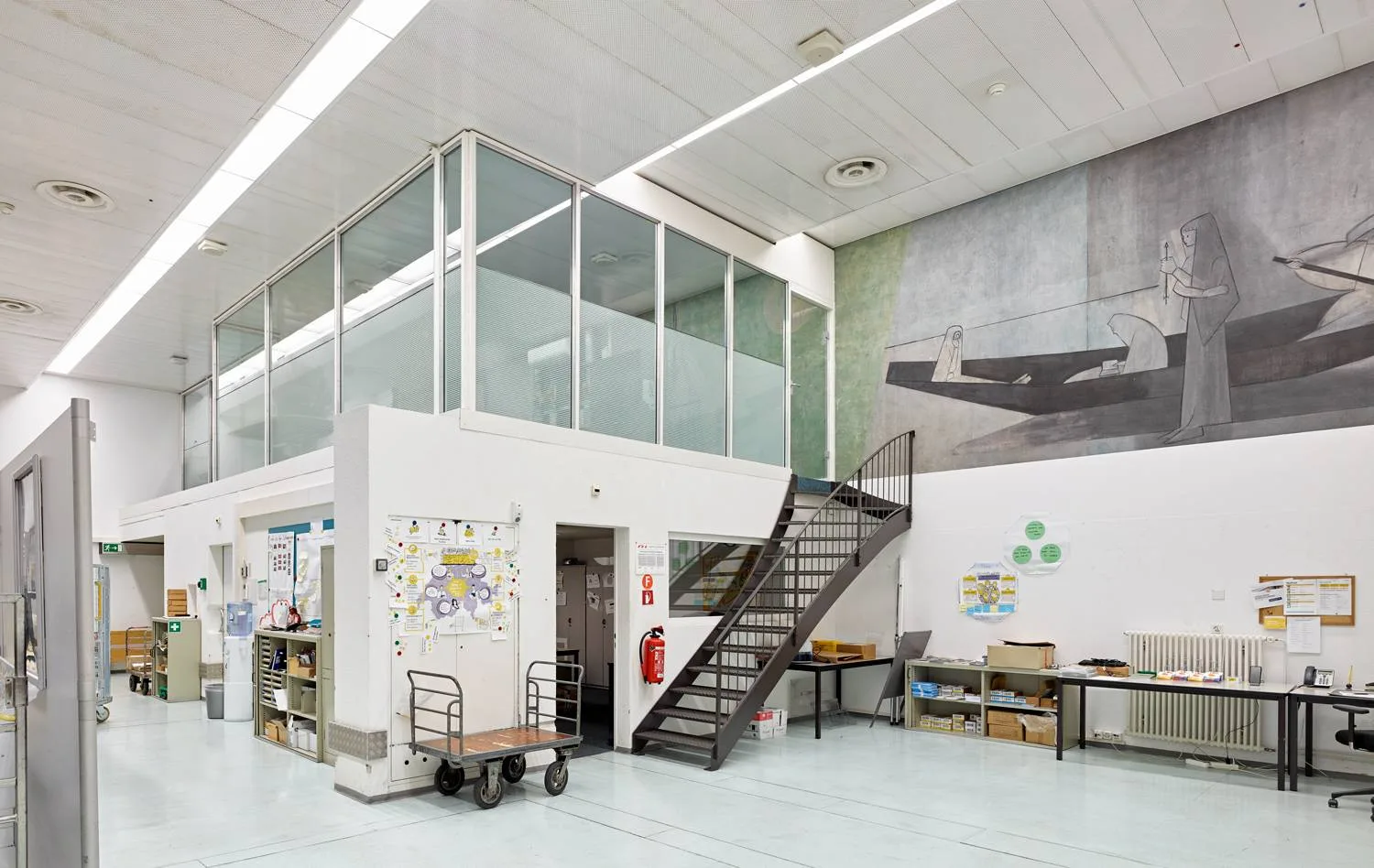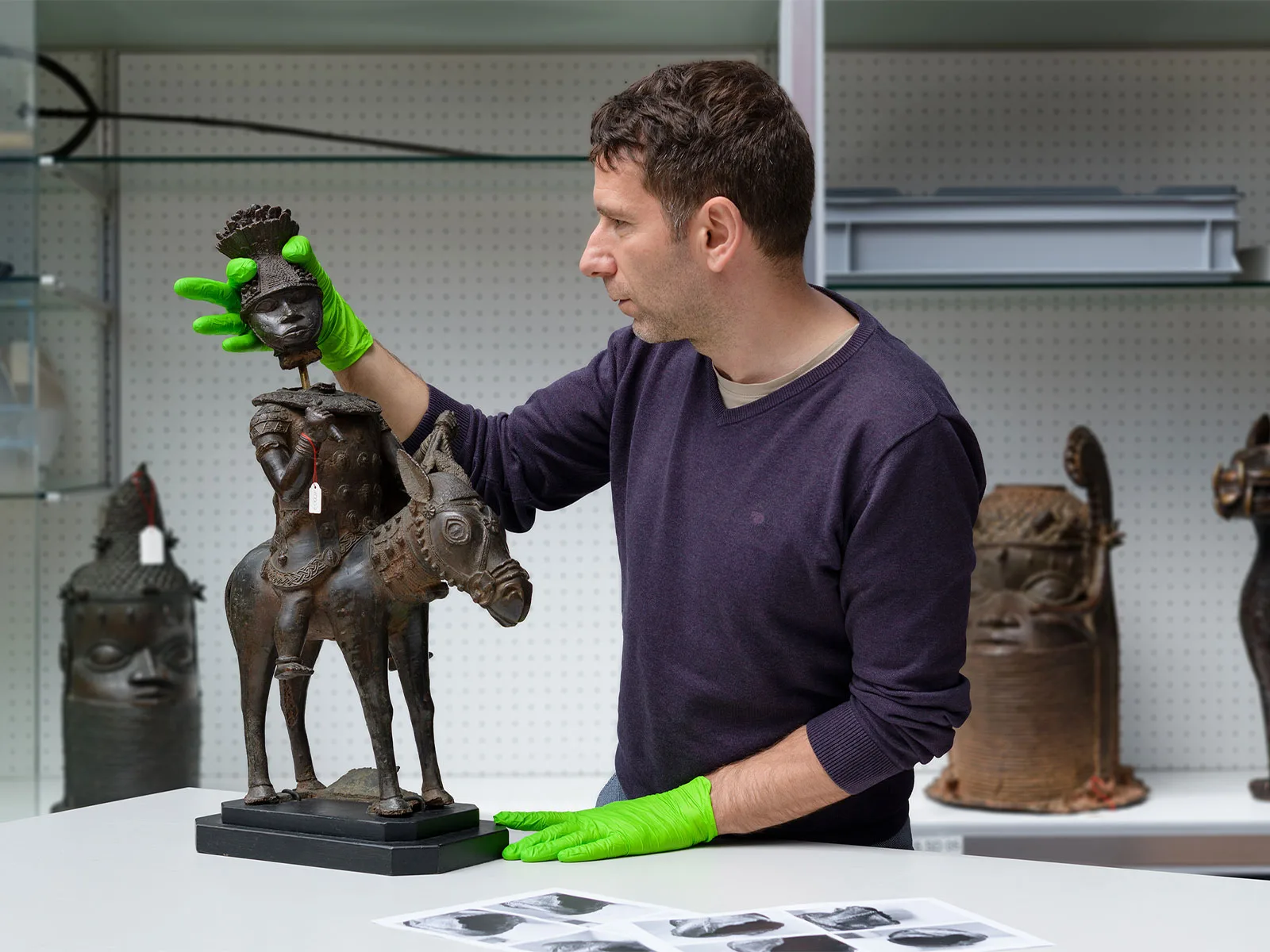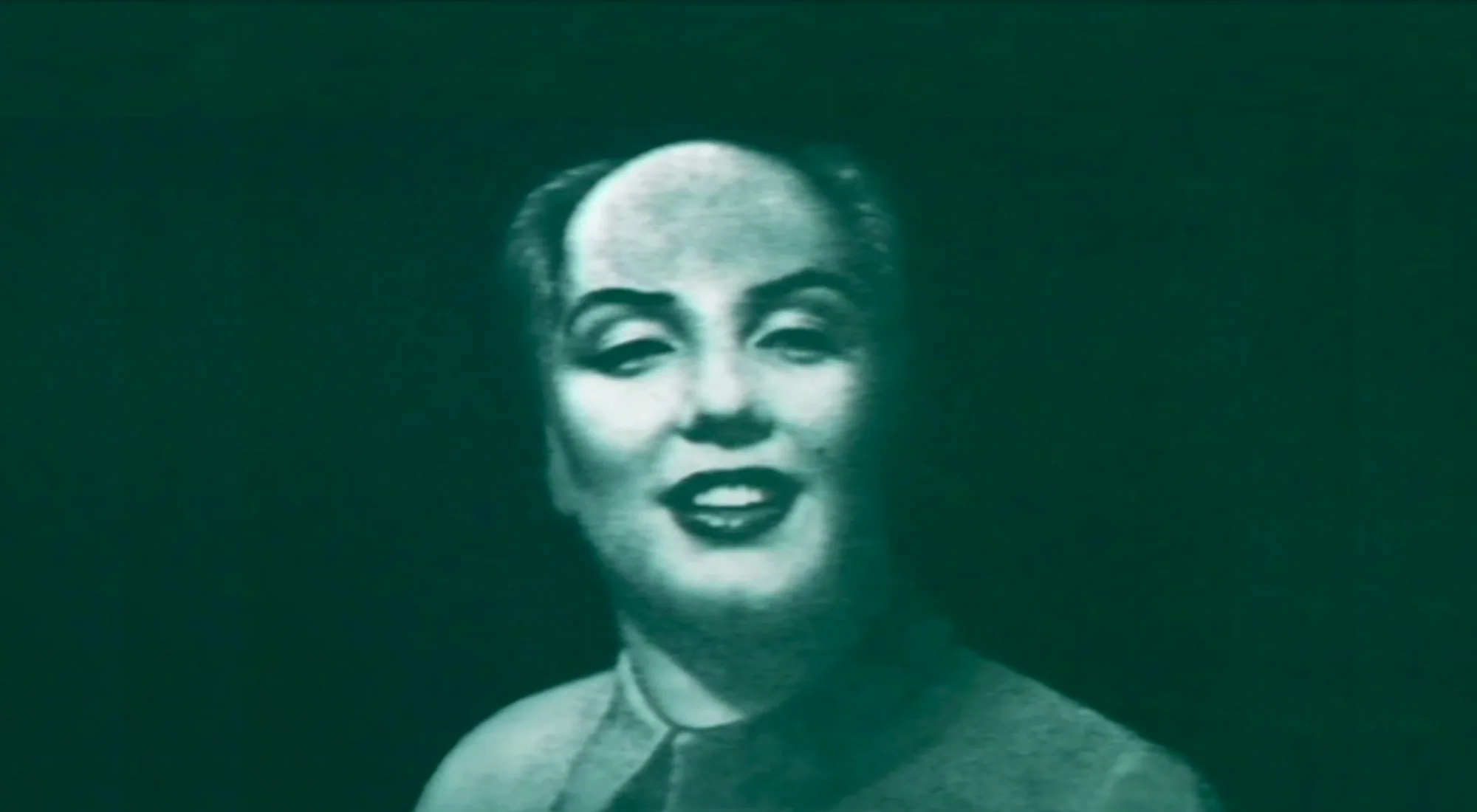
Judith Müller – the forgotten artist from Bern
Born into an artistic milieu, Judith Müller influenced Bern’s art scene for decades. Despite producing public murals, taking part in numerous exhibitions and working to raise the profile of female artists, her work has disappeared from the public consciousness.
Typhus and degenerate art

Albert Müller’s paintings exhibited in Germany were later seized by the Nazis as part of their ‘degenerate art’ campaign. One was destroyed and the other is still lost. Judith later took over the administration of his estate.
In 1940 Judith attended vocational college and a year later, Max von Mühlenen’s painting school in Bern. Between 1947 and 1948, she trained as a stained-glass artist with Paul Wüthrich, also in Bern. This was unusual at the time – few women trained as artists and these occupations were heavily male dominated.
As early as 1941/42, aged just 19, she exhibited her paintings for the first time at the annual Christmas exhibition of painters and sculptors from Bern. From then on, her work featured at this exhibition nearly every year for three decades.


Commitment to the Swiss women’s movement
The fact that women were excluded from the official artists’ association meant that they were not involved in official national exhibitions. This existential crisis led to the establishment of the Societé romande des femmes peintres et sculpteurs (Swiss society of women painters and sculptors) in French-speaking Switzerland under the founding president, Berthe Sandoz-Lassieur in 1902. Other regional sections were added, and the society was later renamed as the Swiss Society of Women Artists in the Visual Arts (SSWA). It still exists today, although the GSMBA was compelled to admit female artists following the introduction of women’s suffrage.
Judith Müller was a member of the SSWA from 1953. To make a stand for the female cause, and because she had an extensive network and knew many other women and female artists, Müller exhibited her work at the second Swiss Exhibition for Women’s Work in 1958. The painting she exhibited was entitled Le Poète and is arguably one of her finest.

Forgotten, hidden and invisible






